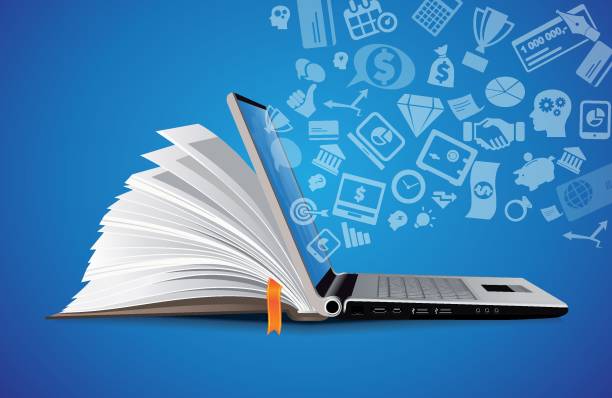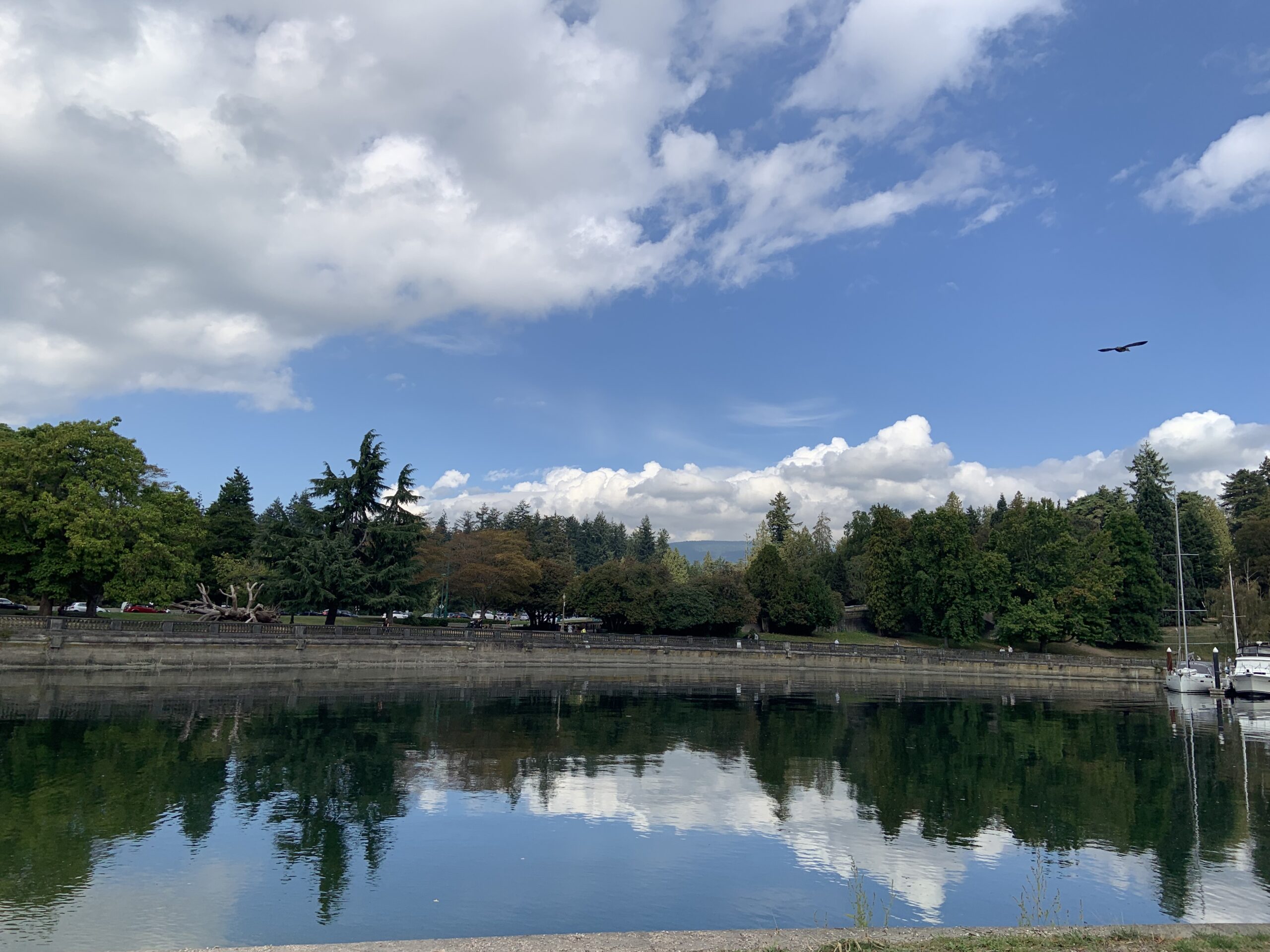Blog Post # 1
About Me

Hi Everyone, my name is Sherry and I am in my fourth and final year of the Health Information Science program at UVic. The Health Information Science profession, also known as Health Informatics, links the worlds of both technology and health care. I picked this course as one of my senior electives. Unlike those who completed their studies during the pandemic, all of my courses have been in-person on campus except for one course. I only took one English course from another institution online, which I really enjoyed for its flexibility and better time management. Therefore, all of the courses I picked for this term are fully online.

What is Distributed Education?
In my opinion, distributed education offers students the flexibility to learn anytime and anywhere, providing greater opportunities and freedom in their education. Unlike traditional models that require students to gather in a classroom, distributed education removes location constraints, making learning more accessible. With various technologies supporting online learning, students no longer need to travel to access the education they desire. Additionally, this approach promotes self-paced study, reducing pressure and fostering a healthier study-life balance.
What is Open Education?
Open education means the resources are free and available to everyone with no restrictions. Since educational materials can often be costly and difficult to obtain, open education helps alleviate the financial burden on students by providing high-quality resources at no cost. This approach ensures that learning materials are freely accessible to anyone, promoting a more equitable learning environment.

Modes of Learning
There are many different modes of learning. The face-to-face mode is the traditional in-person mode, where students and teachers are in the same physical space during the learning activities. The online mode is when learning is conducted entirely over the internet. The blended mode combines both face-to-face and online, offering benefits of both. Personally, I prefer the blended mode. I appreciate the in-person interaction with classmates and instructors, which fosters idea generation and relationship-building. At the same time, I appreciate the flexibility of online components, as they save time on commuting and contribute to a more balanced lifestyle.
Digital Literacy
Digital literacy refers to the skills needed to effectively perform various tasks in the digital world. Digital literacy is crucial in distributed and open learning environments, where most activities take place online. Learners must use computers or personal devices to access educational resources, submit assignments through various software or websites, and engage in other digital educational activities. For instance, in my own studies, I use Brightspace to review learning materials and submit assignments. I also use library databases to conduct research for my papers. Additionally, I use email and other messaging software such as Discord to communicate with classmates for group projects.
Digital Identity
Here is a video about digital identity:
I am very careful about what I post online and always double-check my posts to ensure they are appropriate. I also make sure to keep my professional and personal lives separate by avoiding sharing professional content on my personal accounts and vice versa. This separation helps me manage my online profiles effectively and ensures that each aspect of my life is represented appropriately in its respective context.




